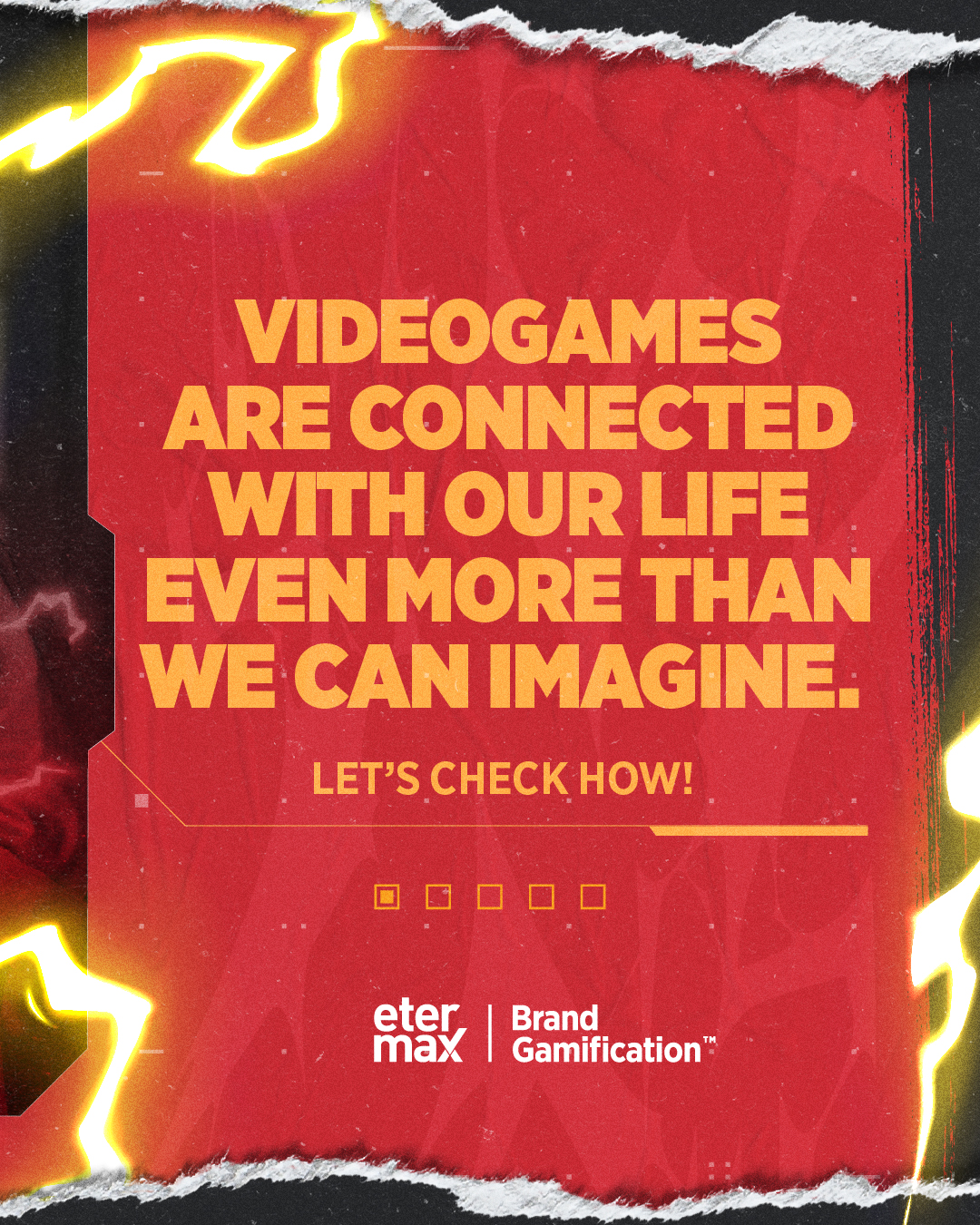We all (yes, all) play more than we think

Discover how, without realizing it, everyday life and video games are more connected than we might imagine
By Juan Pablo Veiga*
Do you consider yourself a gamer? For many, the immediate answer might be "no." The term "gamer" evokes images of people with headsets in front of bright screens, immersed in virtual worlds where reality is secondary. However, a broader and perhaps surprising truth deserves recognition: we all play, even if we don’t realize it.
The term "gamer" has gained traction in recent decades, paralleling the growing popularity of video games. But even if not everyone owns a console or spends hours in online competitions—or in that addictive trivia or word game on your phone—the mechanisms behind video games have infiltrated our daily lives, transforming even the most ordinary activities into experiences that could be classified as "playing."
Consider this: accumulating points in a supermarket rewards program to get discounts on your next purchase, or using a Q&A app to gauge how much you’ve studied before an important exam. Perhaps you’re trying to beat your own daily step record with a fitness app or aiming to complete weekly goals on a language app to earn a digital medal. Sound familiar? These activities, while distant from the conventional idea of "play," are based on the same principles as video games: challenge, reward, progression, competition, among others.
This phenomenon isn’t new, though it has become more concrete in recent years. Since the advent of the first video games in the 1950s and 1960s, like William Higinbotham’s "Tennis for Two" and Steve Russell’s "Spacewar!," the principles of gaming have gained traction. However, it was with the release of "Pong" in 1972 and the subsequent popularization of consoles like the Atari 2600 that video games began to penetrate mass culture.
As video games became a multi-billion-dollar industry, surpassing both music and film combined, elements of gaming started appearing in other contexts. In the early 2000s, concepts such as "gamification"—the use of game elements in non-game situations—began to be implemented in marketing, education, and healthcare. It was no longer just about entertainment; it was about motivating and engaging, making people participate more actively in tasks that might otherwise seem routine or boring.
So today, when you quickly redeem your bank points before they expire, or when you push yourself to go to the gym daily to enter a monthly raffle, you’re playing. Not because you’re seeking fun, but because game structures are designed to keep us engaged and motivated, often without us even noticing.
In an increasingly interconnected world, where the Internet of Things keeps us tethered to technology in every aspect of our lives, the mechanisms of video games have become an integral part of our daily routine. In a way, we’re all "gamers." We play when we accept a challenge, seek a reward, compete, or strive to progress in any aspect of our lives.
So, it might be good to reflect on how we all play, every day, without even noticing. Because, at the end of the day, video games have taught us that life can also be a game: one where the reward isn’t always tangible, but where the challenge is what keeps us moving.
*Juan Pablo Veiga is Vice President of Brand Gamification™ at etermax. His work focuses on connecting consumers with organizations and brands through partnership opportunities, gamification solutions, engaging entertainment experiences, and unique advertising formats.






· MORE STORIES ·
Scrolling and Infodemic: Gaming as the Key to Winning the Battle for Audience Attention
As capturing attention becomes increasingly challenging and audiences grow more discerning, a critical question arises: How can brands stand out and foster genuine engagement in a sea of sameness?
Tech 4 Management: Gamification and Artificial Intelligence in talent adquisition and recruiting.
In an increasingly dynamic world, technology has become a crucial ally for companies management, whether it’s for attracting talent or improving the team dynamics.



